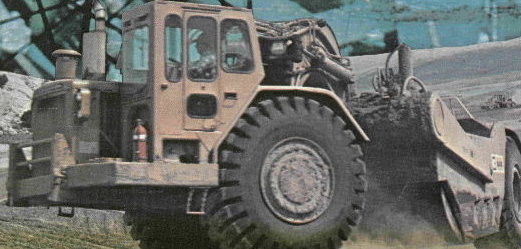|
Agricultural minerals, or fertilizers, are bulk commodities with world wide
trade patterns. No living organism can exist without phosphorus, potassium, or nitrogen. Phosphorous must
be present in adequate amounts in living cells for cell division to take place.
PHOSPHATE - POTASH - NITROGEN
Agricultural Commodities
| Phosphate |
 |
| Potash |
 |
Potash -
Potash (or carbonate of potash) is an impure form of potassium carbonate
(K2CO3) mixed with other potassium salts. Potash has been used since
antiquity in the manufacture of glass and soap and as a fertilizer.
 The name comes from the English words pot and ash, referring to its
discovery in the water-soluble fraction of wood ash. The term has become
somewhat ambiguous due to the substitution in fertilizers of cheaper
potassium salts, such as potassium chloride (KCl) or potassium oxide
(K2O), to which the same common name is now sometimes also applied.
In addition, potassium hydroxide (KOH) is commonly called caustic potash,
an additional source of confusion.
The name comes from the English words pot and ash, referring to its
discovery in the water-soluble fraction of wood ash. The term has become
somewhat ambiguous due to the substitution in fertilizers of cheaper
potassium salts, such as potassium chloride (KCl) or potassium oxide
(K2O), to which the same common name is now sometimes also applied.
In addition, potassium hydroxide (KOH) is commonly called caustic potash,
an additional source of confusion.
| Nitrogen |
 |
Nitrogen -
Is a chemical element which has the symbol N and atomic number 7.
Elemental nitrogen is a colorless, odorless, tasteless and mostly
inert diatomic gas at standard conditions, constituting 78.1% by
volume of Earth's atmosphere. Nitrogen is a constituent element of
all living tissues and amino acids. Many industrially important compounds,
such as ammonia, nitric acid, and cyanides, contain nitrogen. |